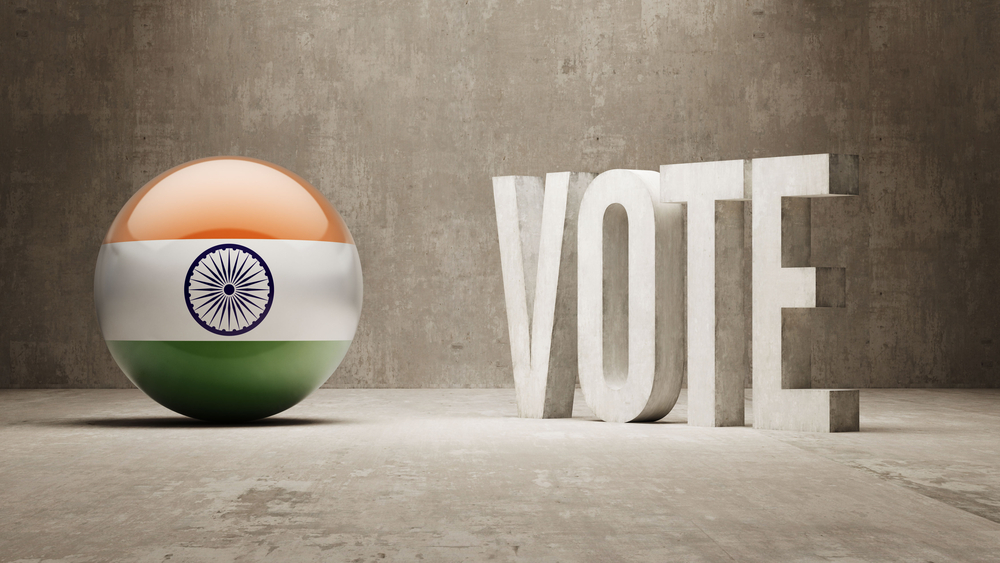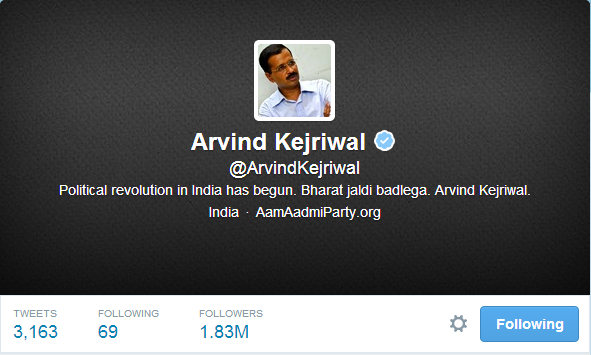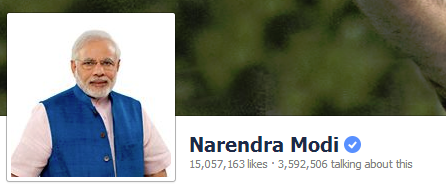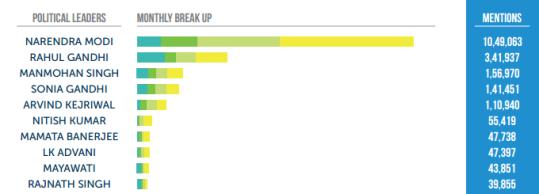India went into elections in 2014 and created records of sorts while doing so. It is the largest democratic process ever to take place in human history with around 550 million Indians casting their votes. The results are in too and the prime ministerial candidate from the BJP, Mr. Narendra Modi swept the nation with a thumping victory. It is the first party since 1984 to get a clear majority. The numbers involved in this process are truly enormous and created a lot of buzz and activity in daily life as well as on the internet. With a total of $5 billion spent just on campaigning, it is second only to the US presidential election. This is a big number compared to the per capita income of India which is $4000 as against $52,000 for US. These numbers are on the far end of the epic scale and they matter a lot, not just for local politics but also to world economy and peace. The stock markets have rallied and the rupee has seen an appreciation not seen in the last couple of years.
One of the key parameters that make India such an incredible land of promise is the number of young people who reside here. 150 million Indians in the 18-23 age group qualified to vote this time. 65% of the population is under 35 and half the population is below 25.
Social media and young India
With such a young population, Indians have taken to the internet in a big way. India has the world’s third largest internet-using population at roughly 73.9 million (Comscore-2013 India Digital Future). 86% of this visit social media platforms on a daily basis. Since the first week of March, Facebook, the largest social network in India and the world saw an estimated 220 million election-related impressions. Twitter went berserk when the election results were announced. With millions tweeting election-related hashtags, the reign of social media in politics started last year with the Delhi elections and this was effectively used by the new party AAP. With such a young population, it is necessary to be heard and found where they are, and this is why social media is important. With enormous amounts spent on creating carefully orchestrated social media campaigns, the winning party did a fantastic job on these networks.
Let’s take a look at the twitter and Facebook profiles of the heavy weights of Indian politics and here you can see why some are clearly ahead of the rest.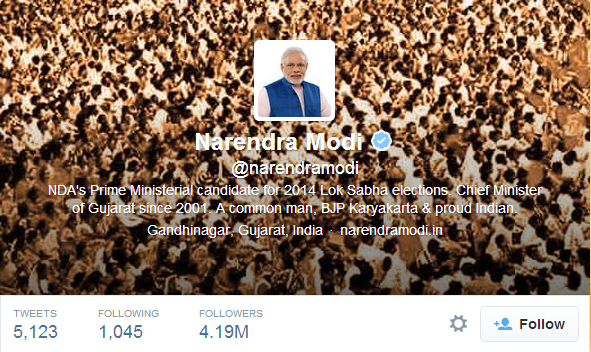
Modi’s rise in digital media has been well documented by both the Indian and international press. India has 13.31 million active users on Twitter who are above 15 years and access Twitter via PCs and laptops, according to research agency IMRB International. He made inroads into Twitter very quickly gaining over 4 million followers. Incidentally or otherwise, some big names are missing in their presence online, in a big way. This chart furnished by Blogworks ( read the complete article for more) shows the commanding position Narendra Modi has on social media.
Rahul Gandhi and his family are nowhere to be seen on Twitter and their Facebook presence is lackluster, to say the least. The BJP and Narendra Modi have used both these networks to the fullest to connect with the population and the results speak for themselves. This formula has succeeded tremendously as we can see.
The importance of going social today
The Indian elections are the best case studies on how social networking sites have helped increase influence and aid in the promotion of dialogue and ideologies. Political parties have woken up to the immense opportunities that social media provides today. Digital media spends have increased and the global figures sit at 30%. This has grown steadily over the years with the proliferation of prospects onto these platforms. Both Narendra Modi and Arvind Kejriwal have been able to organize masses in their favor through social media and their effect is substantial.
Even though social media helps to create a very strong digital footprint and generates great amounts of impressions, it does have its dark side. One industry that came up during these elections were the small groups of comedians and stand ups who created videos and memes directing humor at the various fails of these politicians. This brought out a message that the young were able to connect with through the use of slapstick humor and witty one liners. The Times Of India presented this infographic which captures the essence of what we are trying to say.
What we learn from this is that social media is always on, watching, commenting and dictating the news of the day. It creates opinions, discussions and pushes people to think about certain things. This power was utilized effectively by certain politicians and parties and we believe that it was an important ingredient in their success. If you still haven’t woken up to the gold mine that is social media, please do. You will not just see an increase in lead numbers, but also the brand presence that social gives is unbeatable today.

